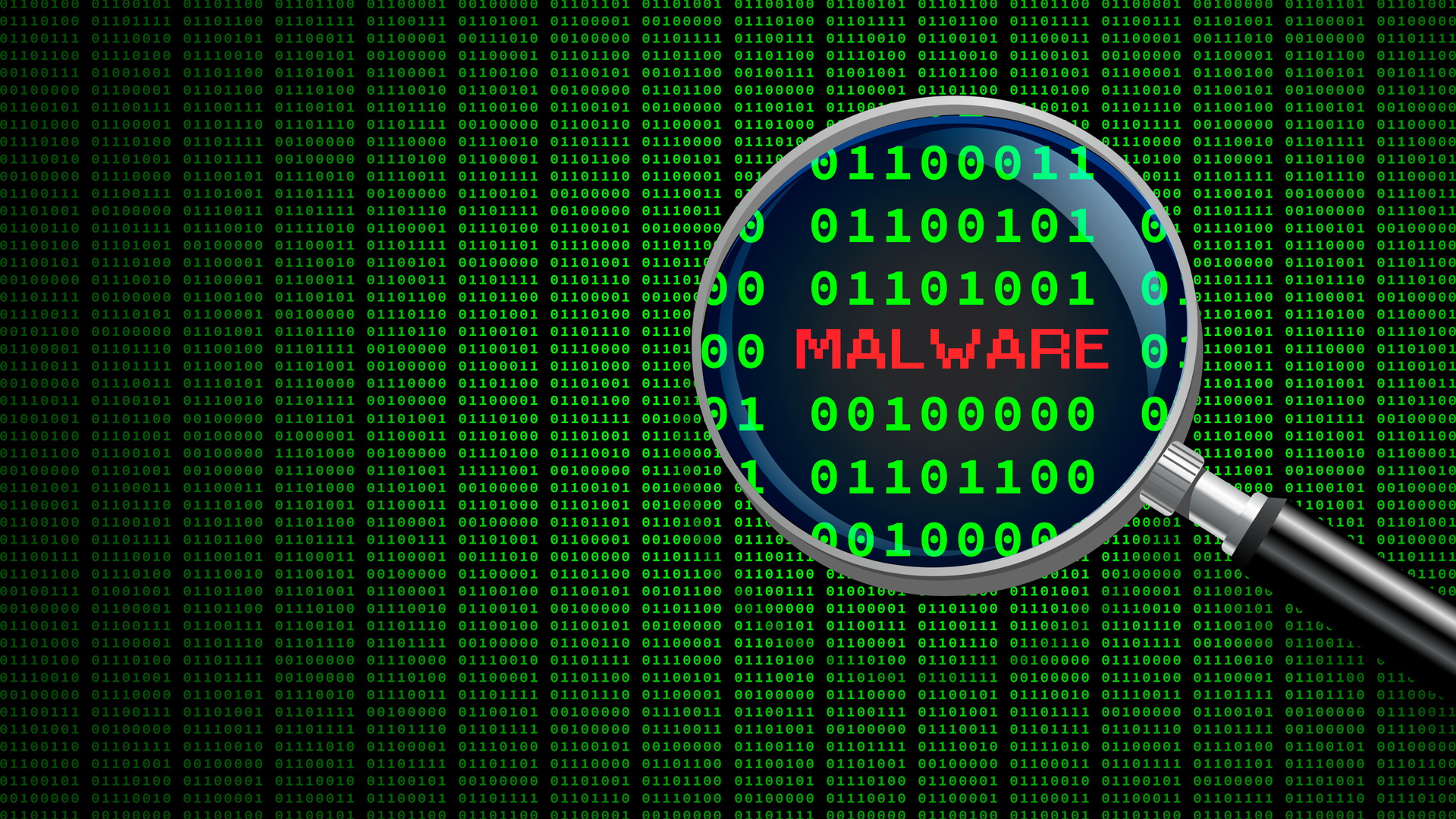North Korean hackers target phones, Windows devices with new malware
New malware scans for connected mobile devices to hijack

State-sponsored North Korean hackers are once again targeting victims with a new form of malware that could possibly hijack mobile and PC devices.
According to a new report from cybersecurity researchers AhnLab, a group known as APT37 (AKA RedEyes, Erebus, a known North Korean group believed to be strongly affiliated with the government), was seen distributing malware dubbed “M2RAT” to spy on, and extract sensitive data from, target endpoints.
The campaign, which kicked off in January 2023, started with a phishing email that distributes a malicious attachment. The attachment exploits an old EPS vulnerability, tracked as CVE-2017-8291, found in Hangul, a word processor program usually used in South Korea.
Using steganography
This interaction triggers the download of a malicious executive, stored in a JPEG image.
Using steganography (a method of hiding malware in pictures and other non-malicious file types), the attackers are able to exfiltrate the M2RAT and inject it into the explorer.exe file.
The M2RAT itself, researchers say, is relatively basic. It logs key entries, steals files, can run various commands, and take screenshots automatically. However, it has a unique feature that caught their attention - the ability to scan for portable devices, such as smartphones, connected to the compromised Windows endpoint. If it detects such a device, it will scan it, and download any files and voice recordings to the Windows machine. After that, it will compress it into a password-protected .RAR archive and send to the attackers.
Finally, it will delete the local copy to remove any evidence of any wrongdoing.
Are you a pro? Subscribe to our newsletter
Sign up to the TechRadar Pro newsletter to get all the top news, opinion, features and guidance your business needs to succeed!
The malware was also observed using a shared memory section for command & control (C2) communication, as well as data theft. That way, it doesn’t have to store the stolen files in the compromised system and leave any traces.
APT37 is quite an active threat actor. It was last seen in December last year, when researchers saw it abuse a flaw in Internet Explorer to target individuals in South Korea.
- These are the best firewalls right now
Via: BleepingComputer
Sead is a seasoned freelance journalist based in Sarajevo, Bosnia and Herzegovina. He writes about IT (cloud, IoT, 5G, VPN) and cybersecurity (ransomware, data breaches, laws and regulations). In his career, spanning more than a decade, he’s written for numerous media outlets, including Al Jazeera Balkans. He’s also held several modules on content writing for Represent Communications.